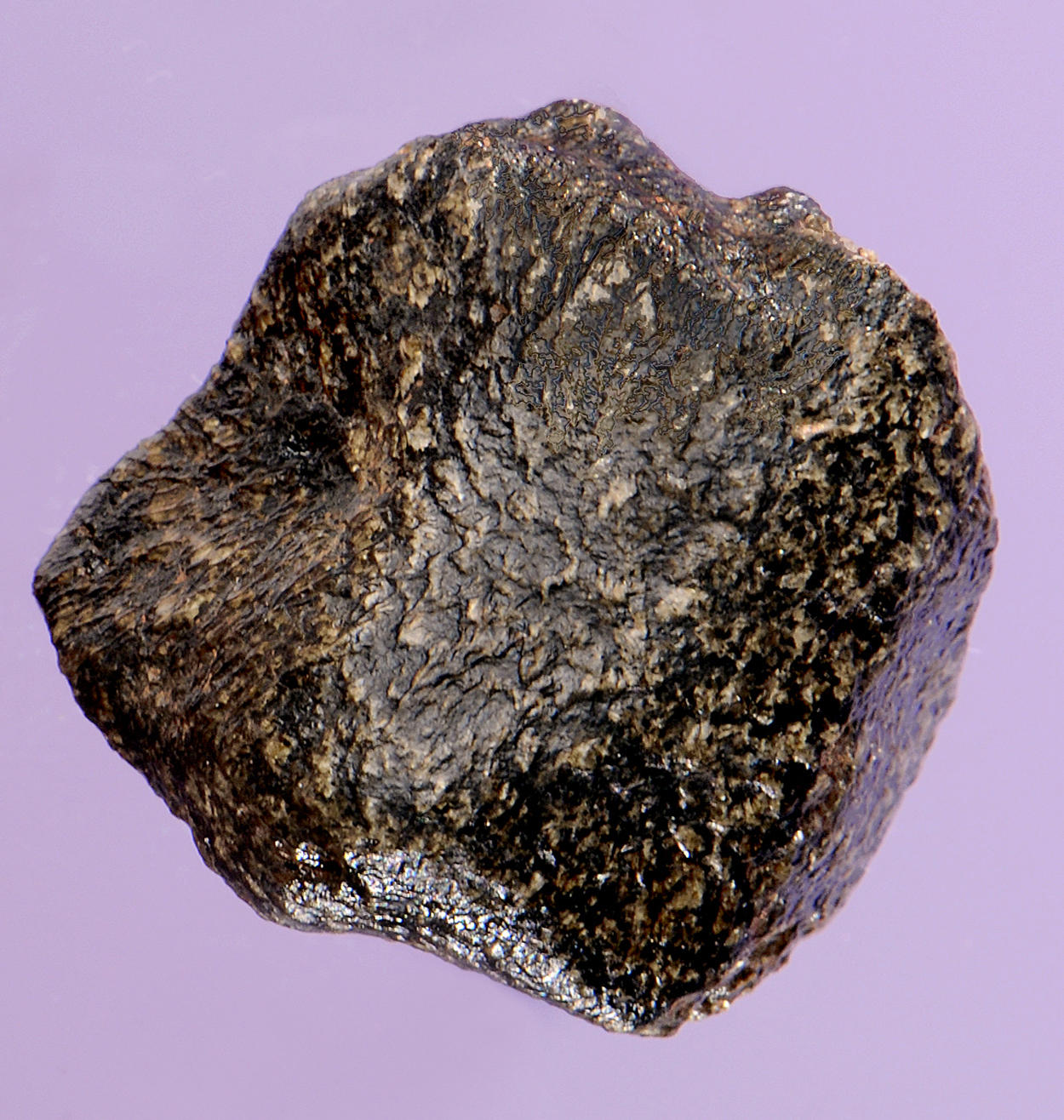


Lead author Josefin Martell, a geology doctoral student at Lund University, said: “Since water is central to the question of whether life could have ever existed on Mars, we wanted to investigate how much of the meteorite reacted with water when it was still part of the Mars bedrock.” In a paper published in the journal Science Advances, the Lund University-led research team describe how they studied an approximately 1.3 billion-year-old Martian meteorite using advanced scanning technology. In the meantime, Martian meteorites provide valuable clues to the history of Martian geology. The samples will be returned to Earth after being collected by the Perseverance rover, which touched down in a cloud of smoke in February 2021. The technology used could be used when NASA examines samples brought back from the Red Planet in 2030. Using neutron and x-ray tomography data collected at Intitut Laue Langevin, the researchers demonstrated that the meteorite had limited exposure to water, dramatically limiting the potential habitability of Mars at that specific time and place. Researchers from the University of Glasgow have lent their support to cutting-edge new analysis of a Martin meteorite led by colleagues at Lund University in Sweden. UofG researchers lend support to Martian meteorite study Follow us on Twitter (opens in new tab) or on Facebook (opens in new tab). Follow him on Twitter (opens in new tab). Mike Wall is the author of " Out There (opens in new tab) " (Grand Central Publishing, 2018 illustrated by Karl Tate), a book about the search for alien life. The Beast and two nearby stones were the first meteorites that Curiosity found on the Red Planet. "And while my team calls this 7-foot-long meteorite 'Lebanon,' I call it THE BEAST," another Thursday tweet states (opens in new tab).Ĭuriosity discovered Lebanon, or The Beast, in May 2014, though NASA didn't publicize photos of the big rock until July of that year. It's called 'Egg Rock,' aka the golf ball," one Thursday Twitter post reads (opens in new tab). "Here's another meteorite I found in 2016. The rover has stumbled across several other meteorites during this epic off-planet journey, as the rover team noted in several other photo-featuring tweets on Thursday. Water on Mars may have flowed for a billion years longer than thoughtĬuriosity has driven 18.31 miles (29.47 km) on Mars to date, according to its mission page (opens in new tab). Stunning Mars photos by the Curiosity rover show ancient climate shift New evidence for liquid water on Mars suggests the planet is geothermally active Curiosity's observations of these rocks could help scientists better understand when and how Gale Crater, and the Red Planet at large, transitioned from a relatively warm and wet place to the frigid desert it is today, mission team members have said. The rover recently notched a big milestone on this trek, reaching sulfate-rich deposits that formed in relatively dry conditions.

Since September 2014, Curiosity has been climbing the flanks of Mount Sharp, a huge massif that rises about 3.4 miles (5.5 kilometers) into the sky from Gale's center. But Curiosity's cousin Perseverance, which landed inside a different Mars crater in February 2021, is conducting a life search, and also collecting dozens of samples for future return to Earth.

What's more, this watershed likely persisted for millions of years at a stretch, possibly allowing time for the rise of Martian microbes.Ĭuriosity is not a life-hunting mission, so it's not looking for signs of these microbes, if they ever existed. The robot's work over the past decade has answered that question in the affirmative, showing that Gale hosted a potentially habitable lake-and-stream system in the ancient past.


 0 kommentar(er)
0 kommentar(er)
